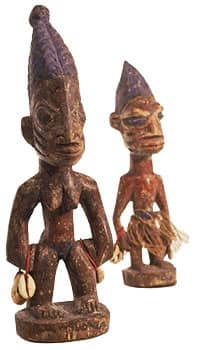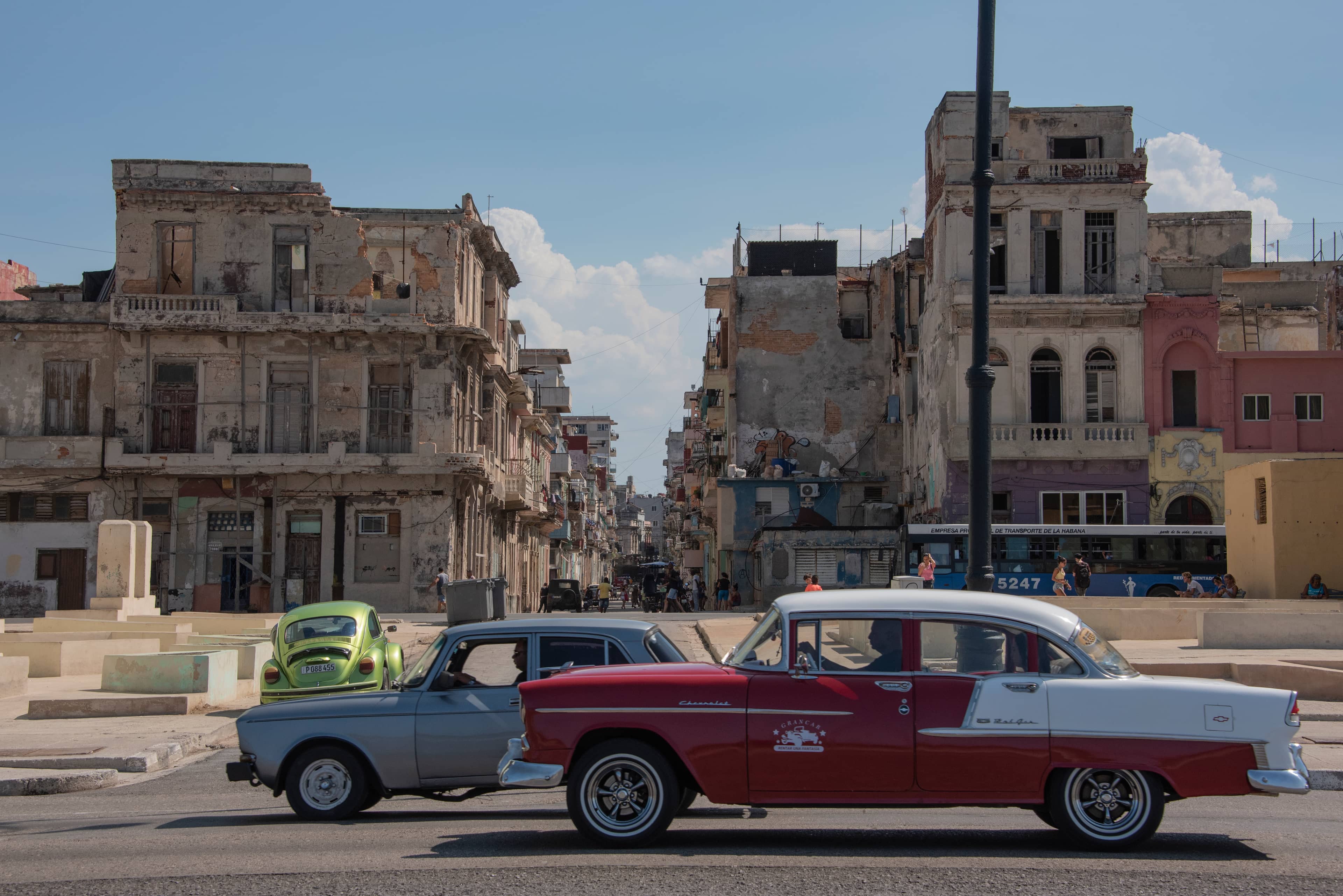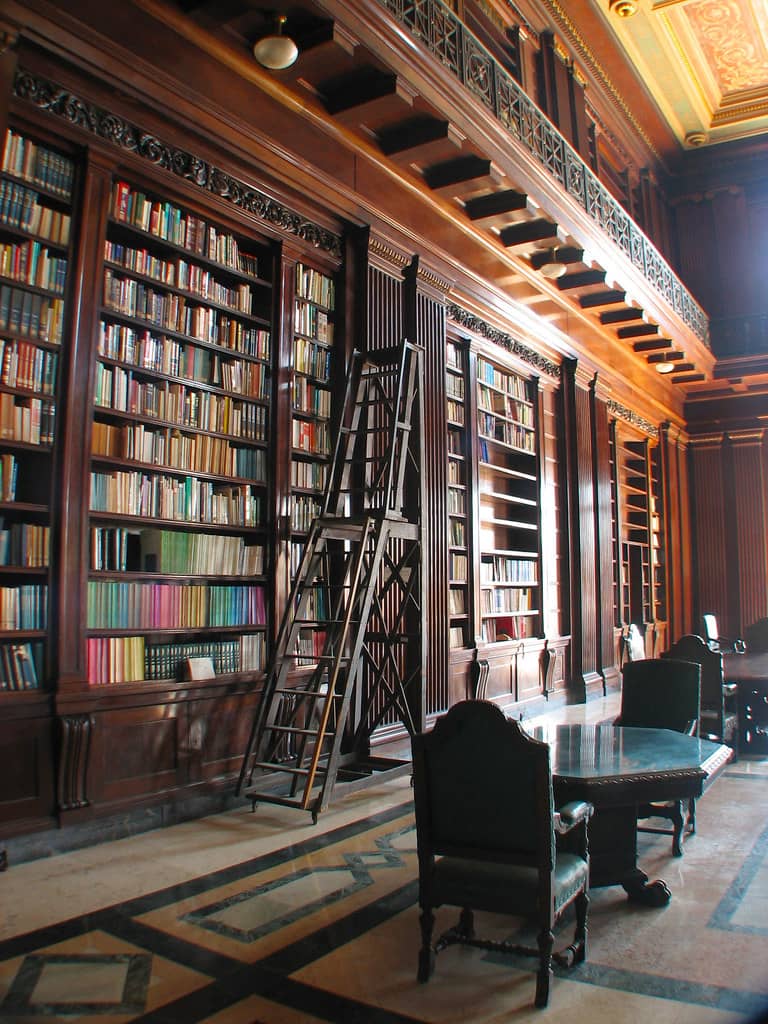Museum of the Orishas Centro Yoruba de Cuba
Discover the spiritual heart of Cuba at the Museum of the Orishas, home to detailed sculptures and rich Yoruba history.

Highlights
Must-see attractions

Social
From TikTok & Reddit
Best Time
Fewer crowds, more personal experience
Museum of the Orishas Centro Yoruba de Cuba
Best Time
Fewer crowds, more personal experience

Highlights
Must-see attractions
Discover the spiritual heart of Cuba at the Museum of the Orishas, home to detailed sculptures and rich Yoruba history.
"Underrated museum, so close to the high foot traffic area of Capitolio! So often missed by tours."
🎯 Look for the Hallway Entrance
The museum is upstairs! Enter the building's main hall to find the ticket counter on the right.
💰 Support Cultural Heritage
Tickets are 600 CUP. While some find it pricey, it supports this vital cultural institution.
Highlights
Discover the most iconic attractions and experiences

The Orishas Collection
Main exhibition hall
Discover detailed sculptures of Yoruba deities, each with informational plaques in multiple languages.

Yoruba Cultural Association HQ
First floor
Experience the heart of Afro-Cuban culture at this important association's headquarters.

Afro-Cuban History Library
First floor
Explore a public library filled with books on Yoruba and Afro-Cuban history (primarily in Spanish).
Plans like a pro.
Thinks like you
Planning Your Visit
Finding the Entrance
Understanding the Value
Best Times
Insider Tips
from TikTok, Instagram & Reddit
Havana must see list?
🎯 Look for the Hallway Entrance
The museum is upstairs! Enter the building's main hall to find the ticket counter on the right.
💰 Support Cultural Heritage
Tickets are 600 CUP. While some find it pricey, it supports this vital cultural institution.
📚 Explore the Library
The first floor houses a library with resources on Yoruba and Afro-Cuban history (mostly Spanish).
🧐 Ask the Director
The museum director is reportedly very knowledgeable and polite, offering great insights.
Tips
from all over the internet
🎯 Look for the Hallway Entrance
The museum is upstairs! Enter the building's main hall to find the ticket counter on the right.
💰 Support Cultural Heritage
Tickets are 600 CUP. While some find it pricey, it supports this vital cultural institution.
📚 Explore the Library
The first floor houses a library with resources on Yoruba and Afro-Cuban history (mostly Spanish).
🧐 Ask the Director
The museum director is reportedly very knowledgeable and polite, offering great insights.
⏰ Check Hours Before Visiting
Hours can be inconsistent, especially on Sundays. It's best to confirm opening times beforehand.
What Travellers Say
Reviews Summary
Visitors find the Museum of the Orishas to be an underrated gem for learning about Santeria and Yoruba culture in Cuba, despite some noting its dated presentation and admission price. The detailed sculptures and the knowledgeable director are frequently praised, offering a unique cultural insight often missed by mainstream tours.
"Slightly hidden place. It is upstairs, enter the hall of the building, tickets are sold at the right side, 600 CUP per pax. The museum is great to learn about all the Orichas of Santeria. Great place, despite being dated..."
Stephan Raeker
"Interesting museum, but a bit run down. It was pricy, specially for Cubans. Staff knew very little about it, although they tried to help. It is good to check it out if you have the time."
Thais Cristofaro Silva
"Had such a wonderful time! Very underrated museum, so close to the high foot traffic area of Capitolio. So often missed by tours and tourists despite Yoruba being very important to Cuban culture! It's so the headquarters for the Cuban Yobura Cultural Association so they often have private events on the first floor. There is a public library there filled with books related to Yoruba and Afro-Cuban history (all in spanish). The museum director was polite and extremely knowledgeable. Tickets were not very expensive and honestly they definitely need the financial support. The statues themselves of the Orishas are so beautiful, detailed and well kept despite albeit being covered in dust. There are small baskets under them for humble offerings. The information plaques under each Orisha has Spanish, English and French translations. We didn't get a guided tour so can't say if there are English ones. Definitely recommend!"
Arianne Aquino
What People Like
What People Dislike
Frequently Asked Questions
🚇 🗺️ Getting There
The museum is located upstairs within a building. You'll need to enter the building's main hall to find the ticket counter, which is usually on the right side. It's often described as slightly hidden, so keep an eye out for the entrance.
While specific public transport routes aren't detailed, its proximity to the Capitolio area suggests it's likely accessible via local buses or taxis that frequent that busy tourist hub.
Given its location near the Capitolio, walking from many parts of Old Havana is feasible. Alternatively, a short taxi ride would be efficient.
Information on dedicated parking is scarce. If driving, expect to find street parking or use a public parking lot in the vicinity of the Capitolio, which can be challenging.
The museum is located upstairs, which may pose a challenge for individuals with mobility issues. It's advisable to inquire about accessibility options beforehand.
🎫 🎫 Tickets & Entry
The admission fee is reported to be 600 CUP per person. While some visitors note it as pricey, it's considered a necessary contribution to support the museum's cultural preservation efforts.
Tickets are typically sold inside the building, on the right side of the entrance hall, after you've found the main entrance.
Opening hours can be inconsistent, with some visitors reporting it being closed even during midday on Sundays. It's highly recommended to verify the current operating hours before your visit.
There's no clear indication of advance booking options. It's generally expected to purchase tickets upon arrival at the museum.
Information regarding discounts is not readily available. The stated price of 600 CUP appears to be the standard admission fee for all visitors.
🎫 🧭 Onsite Experience
The museum features a collection of sculptures representing the Orishas (Yoruba deities). Each sculpture is accompanied by informational plaques providing details in Spanish, English, and French.
While some visitors did not opt for a guided tour, it's unclear if English-speaking guides are consistently available. The museum director is known to be knowledgeable and may offer insights.
The museum is the headquarters for the Cuban Yoruba Cultural Association, highlighting its importance as a center for preserving and promoting Yoruba traditions in Cuba.
Reviews suggest the museum is a bit dated and some sculptures may be covered in dust, but they are generally described as beautiful, detailed, and well-kept.
The informational plaques under each Orisha sculpture provide translations in Spanish, English, and French, making the exhibits accessible to a wider audience.
📸 📸 Photography
Photography policies are not explicitly stated in reviews. It's generally advisable to ask for permission before taking pictures, especially if using flash, to respect the exhibits and other visitors.
The detailed sculptures of the Orishas themselves are the main visual draw. The unique cultural context of the museum also offers interesting photographic opportunities.
Since the museum is indoors, natural light might be limited. Visiting during the day when the museum is open would be the only option, but the quality of light will depend on the building's windows.
No specific information is available regarding tripods or professional equipment. It's best to assume standard museum policies apply, which often restrict such equipment without prior arrangement.
Focus on the intricate details of the Orisha sculptures, the offerings in the baskets, and the overall atmosphere of cultural significance. Capturing the library's collection could also be interesting.
For Different Travelers
Tailored advice for your travel style
👨👩👧 Families with Kids
Practical advice for families includes checking opening hours carefully, as they can be inconsistent. The upstairs location might also be a consideration for families with strollers or very young children. If your children have an interest in mythology or different cultures, this museum offers a unique window into Afro-Cuban heritage.
💰 Budget Travelers
To maximize your visit, try to go during weekday afternoons when it might be less crowded, allowing for a more personal and potentially insightful experience. Confirming opening hours beforehand is crucial to avoid disappointment and wasted travel time, which is especially important when managing a tight budget and schedule.
Deep Dives
In-depth insights and expert knowledge
Understanding Santeria and the Orishas
Many visitors find the museum to be a valuable educational resource, especially if they have limited prior knowledge of Yoruba history and culture. The informational plaques, available in multiple languages, provide essential context for each deity. The presence of small offering baskets beneath the statues hints at the living, practiced nature of these beliefs, even within a museum setting. This blend of historical artifact and ongoing spiritual practice makes the experience particularly compelling.
It's important to approach the museum with an open mind and a willingness to learn. While the physical presentation might be described as dated by some, the cultural significance of the Orishas and their role in Cuban identity is profound. The museum serves as a vital center for the Cuban Yoruba Cultural Association, underscoring its importance beyond just a collection of art.
Navigating the Museum Experience
Upon entering the exhibition space, visitors are greeted by sculptures of the Orishas. These are the focal point, each meticulously crafted and accompanied by informative plaques. While the museum itself might be described as 'dated' or 'run down' by some, many reviewers emphasize that the statues are beautiful, detailed, and well-kept, despite occasional dust. The presence of small offering baskets beneath them adds a layer of authenticity and respect for the ongoing spiritual significance of these figures.
Beyond the main exhibition, the first floor houses a public library filled with books related to Yoruba and Afro-Cuban history, primarily in Spanish. This offers an opportunity for deeper exploration for those interested. The museum director is often highlighted as being polite and extremely knowledgeable, potentially offering guided insights if approached.


Social
from TikTok, Instagram & Reddit